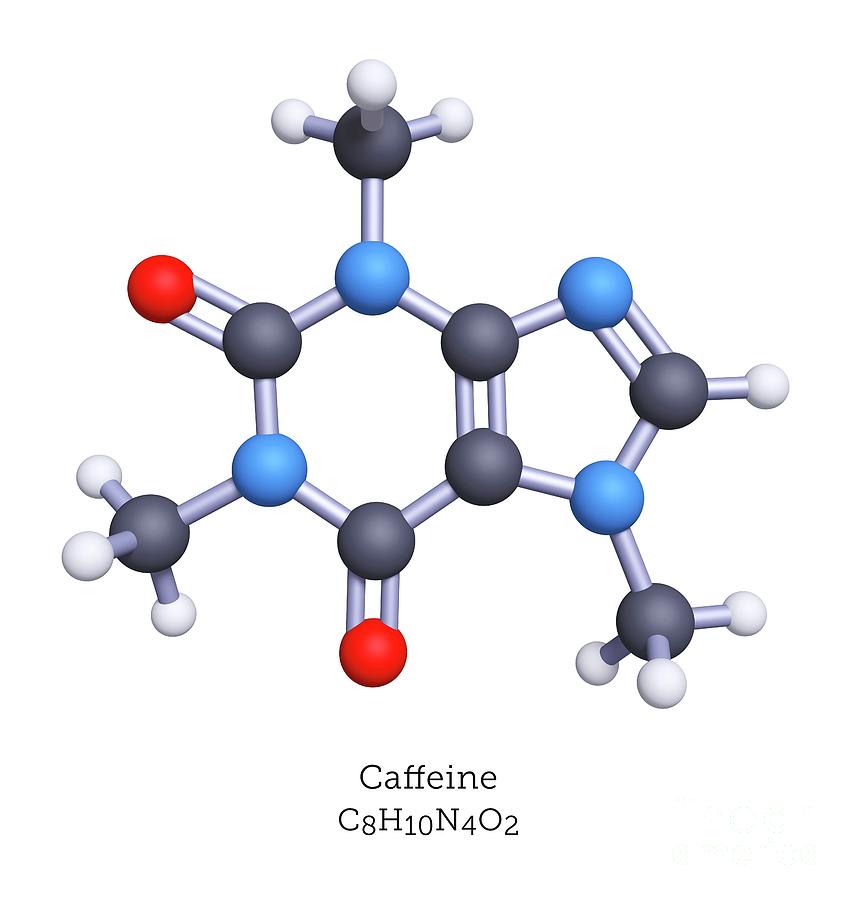Rigidity
Consider a structure built from bars and flexible joints in either and
. Is it rigid? Or more precisely, is there more than one position into which these pieces can be arranged? For instance, a triangle is rigid in
but a quadrilateral is not.
At first glance, this seems like an questions of interest to engineers building bridges and things like the Eiffel tower. But it turns out that bar and joint systems can descibe many other types of objects, for instance, molecules and proteins. An important question in the latter area is to describe the range of possibile shapes a protein might take.

Rigidity is a wonderful topic, using a range of techniques from linear algebra, algebraic geometry, Euclidian goemetry, and combinatorics. The book Applications of Polynomial Systems by Cox et al. contains a great chapter on this subject.
Project: Start by reading §4.1 of Cox's book in investigating this problem. It has more than enough content for a wonderful project. In your paper, you would outline the necessary algebraic geometry as well as how it is used in the solution of these type of ptoblems. If you have time, you can then analyze the rigidity of an object familiar to you, perhaps a caffeine molecule?